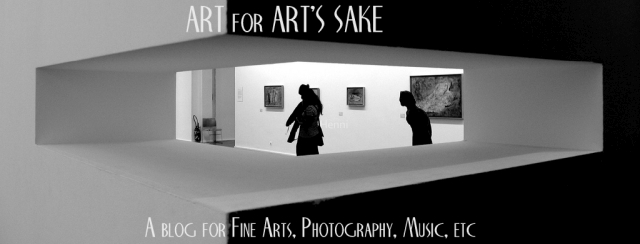Movie posters need to be immediately appealing to lure the potential customer into the cinema. Some though go way beyond appealing and are really artistic. I will share some of my favourites in this blog, aiming for a grouping of twelve around a certain theme. The theme for today's post is "Eyes". It has become a bit of a cliché to have movie posters with an eye prominently on display, but that makes it even more interesting to find a dozen especially effective ones. I try not to include posters that have already made the blog in a different post - otherwise Eyes of Laura Mars (1978) and The Dark Knight (2008) would have been great candidates for today's post. The image above is made via Photofunia and is free from copyright restrictions.
2001: A Space Odyssey (1968)
One of Stanley Kubrick's masterpieces, this movie (starring Keir Dullea, Gary Lockwood,and William Sylvester) came with a variety of posters. The one above is not the best known, but fits this post's them perfectly.
Frankenstein Unbound (1990)
Frankenstein Unbound is a Science-Fiction/Horror movie, directed by Roger Corman, and starring John Hurt, Raul Julia, and Nick Brimble. The poster is a clever reference to Frankenstein's creation - even the eyeball is stitched together.
Eyes Wide Shut (1999)
Another Kubrick movie, this one starring Tom Cruise, Nicole Kidman, and Todd Field. The poster is an interesting merger of the faces of the two main actors, and a playful juxtaposition with the movie title.
Requiem for a Dream (2000)
This is one of those movie posters that have become iconic. Requiem for a Dream is a drama about drug-induced utopias, directed by Darren Aronofsky, and starring Ellen Burstyn, Jared Leto, and Jennifer Connelly. There is something intensely disturbing about the two images put together here - very fitting for the movie's subject.
Minority Report (2002)
This science-fiction movie, directed by Steven Spielberg and starring Tom Cruise, Colin Farrell, and Samantha Morton, was based on a short story by Philip K. Dick. The poster's use of one eye seeing things (that will happen) is very effective.
The Grudge (2004)
Many of the posters featured in today's post have a horror angle, but this one is 100% horror. The Grudge, directed by Takashi Shimizu, starring Sarah Michelle, GellarJason Behr, and Clea DuVall, may not have been as successful as that other Japanese movie The Ring, but the poster is scary enough.
The Eye (2008)
Speaking of scary.... The Eye is a horror movie directed by David Moreau and Xavier Palud, about a blind violinist who can see dead people after a cornea transplantation. It stars Jessica Alba, Alessandro Nivola, and Parker Posey. The idea behind the poster is disturbing, the execution excellent.
Avatar (2009)
Avatar is a Science Fiction movie directed by James Cameron, and starring Sam Worthington, Zoe Saldana, and Sigourney Weaver. The poster is striking, not in the least because of the eye immediately becoming the focus of attention in the predominantly blue image.
The Theatre Bizarre (2011)
Dali meets Magritte? The designer of this poster was probably influenced by the title of this horror movie, which consists of six stories, with different directors and actors.
Snow White and the Huntsman (2012)
Stung (2015)
Back to a real horror image for this German-American independent science fiction horror-comedy film directed by Benni Diez, starring Matt O'Leary, Jessica Cook, and Lance Henriksen. Nasty, but effective.
Paws of Fury: The Legend of Hank (2022)
Let's end with something far less horrific than most of the ones I've shown before. This computer-animated martial arts comedy film directed by Rob Minkoff and Mark Koetsier will be in the cinemas around now. It stars (the voices of) Michael Cera, Ricky Gervais, George Takei, Gabriel Iglesias, Michelle Yeoh, and Samuel L. Jackson. A real eye-catcher to end this post.
Copyright statement: posting lower quality movie posters is deemed fair use.

















.jpg)


































